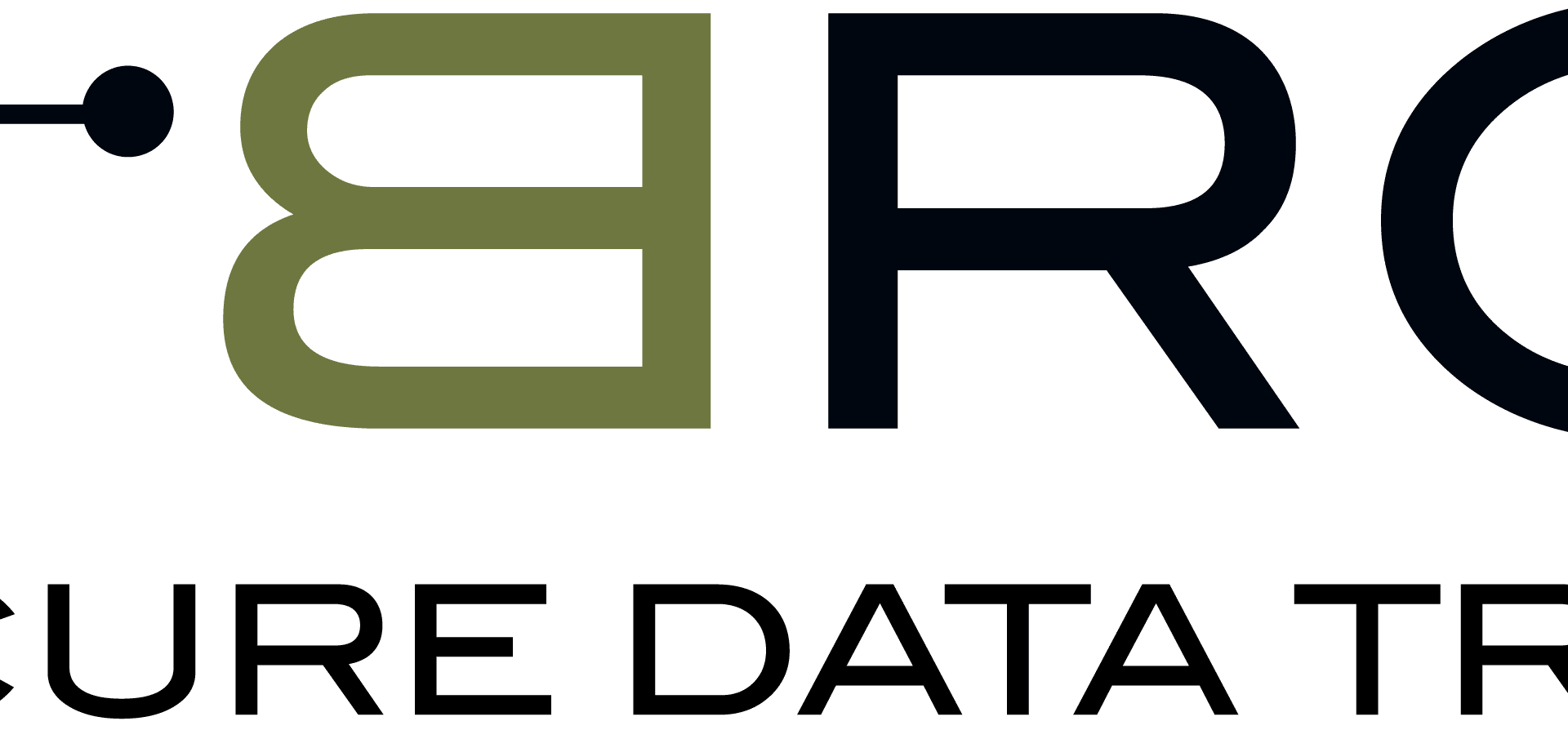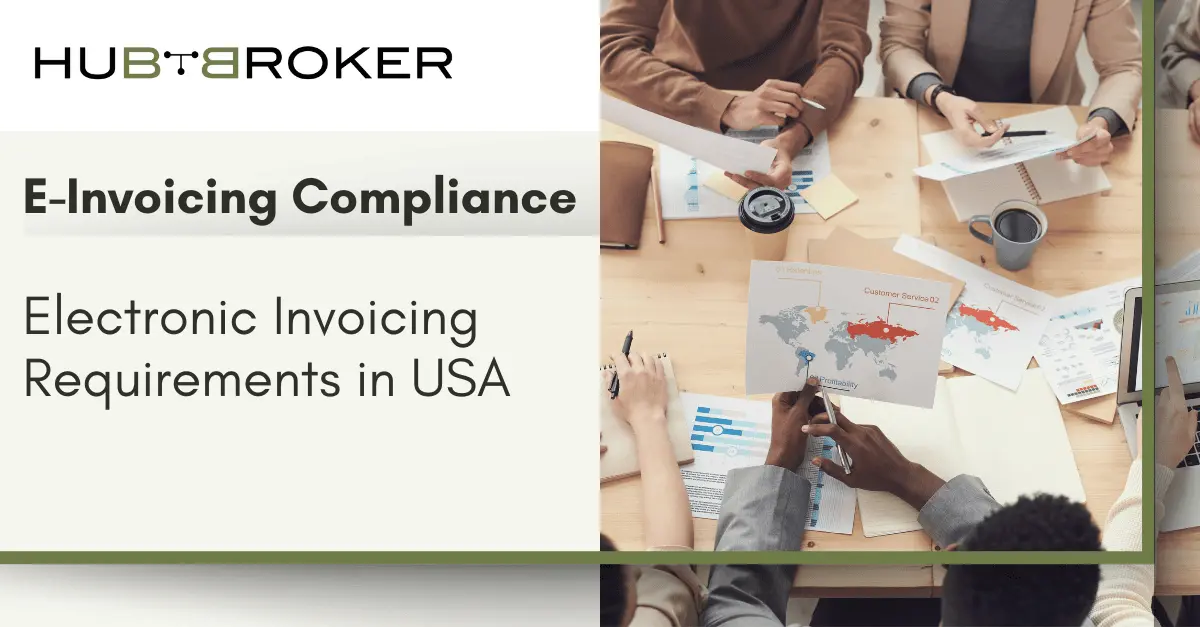The Office of Management and Budget (OMB) of the United States ordered in 2015 that all federal agencies submit electronic invoices for goods and services by the end of 2018. The goal was to cut the expenses of printing, handling, and processing paper invoices.
Did you know that the United States was one of the last nations to use e-invoicing? Even though it has existed for some time, many companies are still not adopting it since it is not yet obligatory. The United States, like many other nations, has particular criteria for e-invoicing.
If you want to start invoicing electronically in the United States, you should be aware of these rules and ensure your software is compatible.
This blog will detail the primary e-invoice standards in the United States and explain what you must do to comply.
E-invoicing laws and regulations in the United States
To comply with the 2015 government requirement, agencies must utilize an e-invoicing system capable of electronically generating, sending, receiving, and archiving invoices. The following are the laws and regulations regarding electronic invoicing in the United States:
Format (Universal Business Language based on XML) (UBL)
In the United States, e-invoices must utilize the XML-based Universal Business Language (UBL). This standard format makes it simple for companies and government organizations to exchange electronic invoices.
Signature and authentication
The e-invoicing system must include a digital signature and authentication method to be compliant. This guarantees that the papers are safely sent and cannot be manipulated without being detected.
Requirements for retention
Invoices must be kept electronically for a minimum of seven years.
Creating requirements
When issuing invoices, a business must either produce a unique identification number or provide the invoice’s Invoice Reference Number (IRN) in the subject line. A post-payment notification and a business letter of credit will be required in addition.
Requirements for receiving
To receive e-invoices, agencies must offer a valid email address to their suppliers and/or designate a web-based system where the supplier may submit invoices.
Who is required to follow e-invoicing laws in the United States?
All agencies and government departments in the United States must utilize an electronic invoicing system to comply with e-invoicing rules. This comprises the Departments of Defense (DoD), Energy (DoE), and General Services Administration (GSA) (GSA).
Businesses and individuals, on the other hand, are not required to begin utilizing e-invoicing. Many firms, however, opt to do so as a cost-cutting tactic and to boost efficiency.
E-invoicing market pilot in the United States
The Business Payments Coalition (BPC), a coalition of over 600 organizations in the United States, is now testing an e-invoicing system in the country. In collaboration with the Federal Reserve, the BPC is collecting information on e-invoicing in order to develop a roadmap for e-invoicing adoption.
The project entails building a B2B e-invoicing system in the United States. The trial will operate through 2022, with the goal of having an operating B2B system in the United States by 2023.
The electronic invoicing approach is built around a four-corner network, with Access Points (APs) connecting enterprises and government organizations. The goal is to build an AP network that can link enterprises of various kinds as well as government institutions.
Businesses will be able to issue and receive e-invoices without the need for additional software or gear. Furthermore, the system will be compatible with various global e-invoicing systems.
5 Advantages of E-Invoicing for US Businesses
E-invoicing has several advantages for both enterprises and the government. They are as follows:
1. Cost-cutting
Businesses may save money on paper, printing, and mailing by using e-invoicing. When OBM announced the requirement in 2015, it expected yearly savings ranging from $150 million to $200 million.
Furthermore, it may assist companies in preventing late payments by reducing the time spent on invoice processing and improving accuracy.
2. Enhanced efficiency
By automating procedures and decreasing time spent on administrative chores, e-invoicing may help organizations become more productive.
3. Increased cash flow
By shortening the time it takes to pay and collect invoices, e-invoicing may help companies improve their cash flow. This may assist lessen the likelihood of incurring late payment penalties and interest costs.
4. Decreased invoice fraud
Fraud cases involving paper invoices are more prevalent than those involving computerized invoicing. This is because paper documents are easy to change and harder to trace. By offering a secure and tamper-proof mechanism, e-invoicing may assist decrease fraud.
5. Better data collecting
Businesses may utilize e-invoicing to obtain useful data that can be used to enhance decision-making, control expenses, and uncover development prospects. Invoices include a plethora of data, including supplier information, purchase costs, and product IDs.
Businesses may obtain a competitive edge in the market by automating operations, improving efficiency, and lowering costs with e-invoicing.
In the United States, how do you send and receive compliant e-invoices?
The current electronic invoicing process in the United States contains over 40 standards established and documented by BPC in 2017. It has made it difficult for many firms in the United States to implement e-invoicing, with just 25% of invoices being delivered electronically.
The anticipated billing system, including an access point provider, will be simpler to use in the following steps:
1. Locate a Certified Access Point provider.
To get compliant e-invoices, you must choose a certified Access Point provider. HubBroker is one of the most trustworthy suppliers. They provide a full e-invoicing solution for companies and government organizations in the United States, as well as compatibility with other e-invoicing networks throughout the globe.
2. Sign up for the network
Once you’ve decided on a provider, you’ll need to register on the network and enter your company information. This will normally contain your firm name, address, and contact information.
3. Establish a network connection
Once enrolled on the network, you must link your accounting or billing software to the Access Point provider. You will be able to send and receive compliant e-invoices straight from your system as a result.
4. Begin sending and receiving electronic invoices.
Once joined to the network, you may begin sending and receiving e-invoices with other network vendors or suppliers. This will boost your company’s efficiency and decrease expenditures.
How the United States assures compliance with e-invoicing
The E-Invoicing Mandate for Federal Agencies, released by the Office of Management and Budget in 2015, governs electronic invoicing in the United States. The mandate’s goal is to lower the expenses of printing, handling, and processing paper invoices. By 2018, all government agencies were mandated to begin providing electronic invoices for goods and services.
Conclusion
E-invoicing is a significant tool for companies in the United States and throughout the globe. It may increase efficiency, reduce fraud, and improve cash flow. HubBroker makes it simple for companies to fulfill the US government’s e-invoicing standards.
If you operate a company in the United States, we advise you to join Hubbroker’s e-invoicing service right now. Our platform is dependable, secure, and easy to use, and it may assist you in remaining compliant with the forthcoming e-invoicing standards in the United States.





